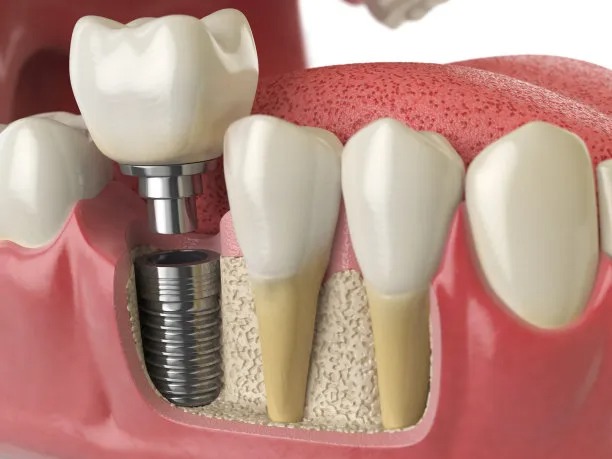Revolutionizing Smile Restoration Through Advanced Dental Implant Technology and Personalized Treatment Solutions for Optimal Oral Health
Summary: In recent years, advanced dental implant technology has transformed the landscape of smile restoration. This article explores how personalized treatment solutions are enhancing oral health outcomes for patients seeking effective and durable restorations. The discussion is organized into four key aspects: the evolution of dental implant technology, the importance of personalized treatment plans, the advantages of minimally invasive procedures, and future trends in smile restoration. This comprehensive analysis highlights the significant strides made in the field, ensuring that optimal oral health is no longer just a hope but a reality for many.
1. The Evolution of Dental Implant Technology

The field of dental implants has seen remarkable advancements over the last few decades. From rudimentary designs to highly sophisticated implant systems, the evolution has significantly improved their success rates and functionality. Initial implants were often made of materials that did not integrate well with the bone. However, modern dental implants utilize biocompatible materials that foster osseointegration, ensuring that the implants bond securely with the jawbone.
Furthermore, the introduction of digital technology has enhanced the precision of implant placement. Advanced imaging techniques like 3D cone beam computed tomography allow for accurate mapping of the patients oral anatomy. This information enables dental professionals to create customized implant solutions that cater to individual patient needs, thus optimizing outcomes.
Moreover, innovations such as mini-implants and zygomatic implants have expanded the options available for patients with various degrees of bone loss. These technological advancements empower dental clinicians to take on challenging cases and provide effective solutions that were previously deemed impossible.
2. Importance of Personalized Treatment Plans
Personalization in dental treatments goes beyond just selecting the right implant. It involves a comprehensive evaluation of a patients unique oral health condition, medical history, and lifestyle preferences. Understanding these factors enables dental practitioners to devise treatment plans that are specifically tailored to each individual, improving both effectiveness and patient satisfaction.
A personalized treatment plan might include a multidisciplinary approach, involving different specialists such as periodontists and orthodontists to address any underlying issues before implant placement. This collaborative effort significantly increases the chances of long-term success and enhances the overall quality of care.
In addition, patients who are involved in the treatment decision-making process tend to be more invested in their oral health. Education about the various implants and techniques available builds trust and helps align the treatment process with the patient’s lifestyle and expectations.
3. Advantages of Minimally Invasive Procedures
With advancements in dental implant technology, minimally invasive techniques have become increasingly popular. These procedures offer several benefits, including reduced recovery time, less discomfort, and lower risk of complications. For instance, the use of computer-guided implants allows for precise placement with minimal surgical intervention.
Additionally, minimally invasive approaches often preserve more of the surrounding healthy tissue, which further aids in a speedy recovery. Patients can expect less swelling and bruising, leading to a more pleasant experience throughout the procedure and aftercare phase.
Furthermore, these techniques can also decrease overall treatment costs, making dental implants accessible to a broader range of patients. By reducing the need for extensive preparatory surgeries or prolonged healing times, minimal invasiveness can streamline the process, allowing individuals to restore their smiles more efficiently.
4. Future Trends in Smile Restoration
The future of smile restoration through advanced dental implant technology is bright, with ongoing innovations poised to change the landscape even further. One significant trend is the integration of artificial intelligence in treatment planning and surgical procedures, which can enhance precision and predictability in implant placements.
Moreover, the development of bioengineered materials promises to revolutionize how implants are made. Future implants may be designed to promote bone growth and healing, thus significantly improving integration and longevity. Such advancements could mean a reduction in the number of replacements required, offering patients a more permanent solution.
Lastly, virtual reality and augmented reality technologies may soon be incorporated into patient care, providing immersive experiences that inform and educate patients about their options. Enhanced patient education could lead to better treatment decisions and improved oral health for years to come.
Summary:
The advancements in dental implant technology and personalized treatment solutions represent a significant revolution in smile restoration. As technology continues to evolve, patients can expect more effective, comfortable, and tailor-made solutions for their oral health needs. The future looks promising, as innovations pave the way for improved outcomes and enhanced patient experiences in dental care.
This article is compiled by Vickong Dental and the content is for reference only.



